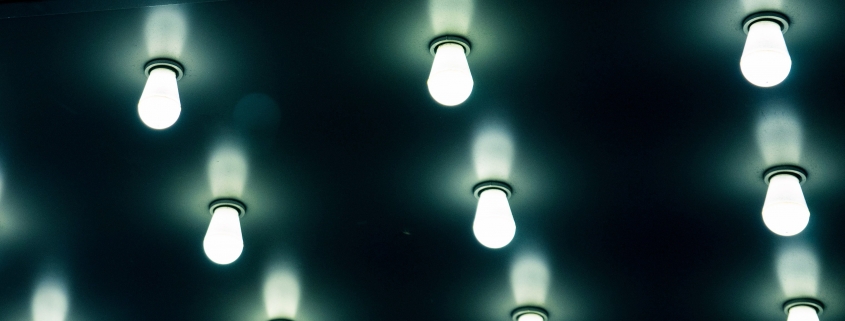Lumens and the Lighting Facts Label
When you’re shopping for lightbulbs, compare lumens to be sure you’re getting the amount of light, or level of brightness, you want. The Lighting Facts Label will help. This new label will make it easy to compare bulb brightness, color, life, and estimated operating cost for the year.
BUY LUMENS, NOT WATTS
In the past, we bought lightbulbs based on how much energy, or watts, they use. Wouldn’t it make more sense to buy lights based on how much light they provide?
When you’re shopping for lightbulbs, you can choose your next lightbulb for the brightness you want by comparing lumens instead of watts. A lumen is a measure of the amount of brightness of a lightbulb — the higher the number of lumens, the brighter the lightbulb.
WHAT’S A LUMEN?
Lumens measure how much light you are getting from a bulb. More lumens means it’s a brighter light; fewer lumens means it’s a dimmer light.
Lumens are to light what
• Pounds are to bananas
• Gallons are to milk
Lumens let you buy the amount of light you want. So when buying your new bulbs, think lumens, not watts.
The brightness, or lumen levels, of the lights in your home may vary widely, so here’s a rule of thumb:
• To replace a 100 watt (W) incandescent bulb, look for a bulb that gives you about 1600 lumens. If you want something dimmer, go for less lumens; if you prefer brighter light, look for
more lumens.
• Replace a 75W bulb with an energy-saving bulb that gives you about 1100 lumens.
• Replace a 60W bulb with an energy-saving bulb that gives you about 800 lumens.
• Replace a 40W bulb with an energy-saving bulb that gives you about 450 lumens.
WHAT SHOULD I LOOK FOR ON THE PACKAGE? THE LIGHTING FACTS LABEL
To help consumers better understand the switch from watts to lumens, the Federal Trade Commission requires a new product label for lightbulbs. It helps people buy the lightbulbs that are right for them.
Like the helpful nutrition label on food products, the Lighting Facts label helps consumers understand what they are really purchasing.
The label includes the following information:
• Brightness, measured in lumens
• Estimated yearly energy cost (similar to the EnergyGuide label)
• Lifespan
• Light appearance, measured by correlated color temperature (CCT) on the Kelvin (K) scale, from warm to cool.
Information taken from ready.gov.



